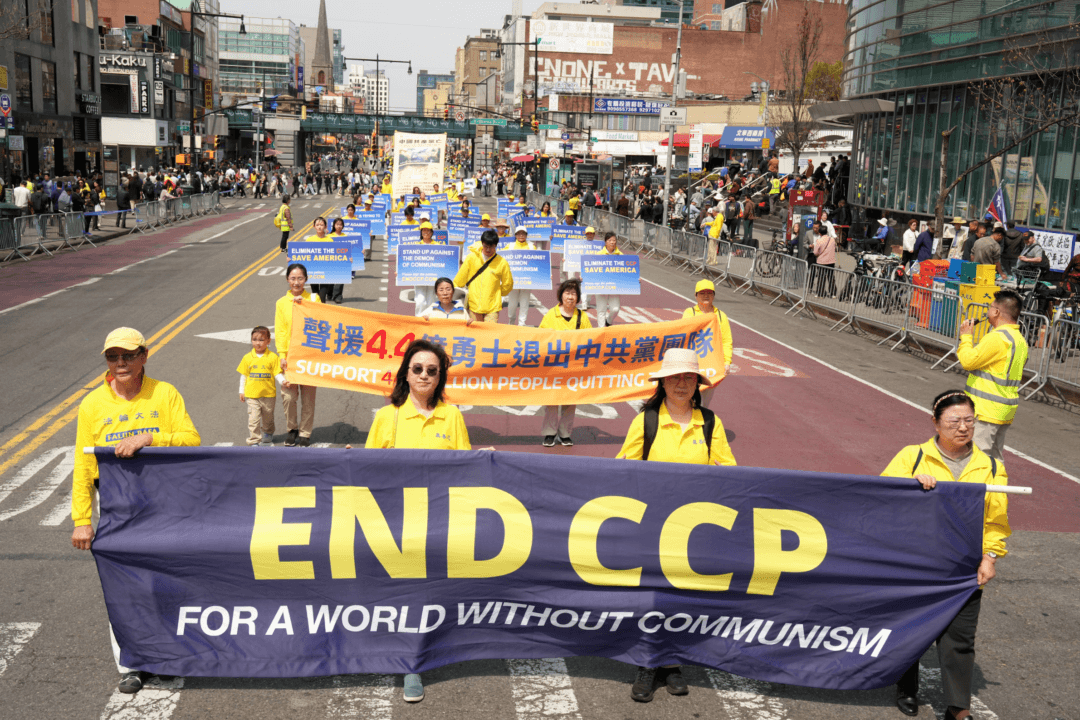A U.S. embassy official said on Nov. 21 that the U.S. military is supporting Philippine operations in the South China Sea with a special task force named for a contested shoal where Philippine and Chinese forces have clashed.
Task Force Ayungin is named for the shoal known as the Second Thomas Shoal.
“Task Force Ayungin enhances U.S.–Philippine alliance coordination and interoperability by enabling U.S. forces to support Armed Forces of the Philippines activities in the South China Sea,” U.S. Embassy in the Philippines spokesperson Kanishka Gangopadhyay said.
“This initiative aligns with multiple lines of cooperation between U.S. and Philippine forces.”
Gangopadhyay did not provide details of what the task force would do.
However, U.S. Defense Secretary Lloyd Austin visited the Philippines this week and on Nov. 18, he and his Philippine counterpart, Gilberto Teodoro, signed a new military intelligence-sharing agreement.
The agreement allows the United States and the Philippines to share sensitive military information, including details necessary to operate sophisticated weapons, including missile systems.
“Americans are profoundly committed to the defense of the Philippines,” he said at a news conference after signing the new agreement with Teodoro.
Second Thomas Shoal
Philippine national security adviser Eduardo Año told reporters on Nov. 21 that Philippine activities in the South China Sea, including its missions to resupply troops at the Second Thomas Shoal, remain a “purely Philippine operation.”“They are providing support to us, for example, [intelligence, surveillance, reconnaissance], maritime domain awareness, but on actual direct participation, its purely a Philippine operation,” Año told reporters, referring to the U.S. task force.
Confrontations between Philippine and Chinese vessels have been frequent this year, prompting the United States to at one point consider escorting Philippine resupply missions.
The Second Thomas Shoal has been an area of dispute between Philippine and Chinese forces for decades. In 1999, the Philippines purposely ran aground its vessel BRP Sierra Madre to maintain a presence at the reefs.
The Chinese communist regime claims nearly all of the South China Sea as its territory, but international law designates certain waters international waters subject to free passage and waters 200 nautical miles off a nation’s coast to be its exclusive economic zone.
After the Philippines sought legal remedy for the dispute, the Arbitral Tribunal in The Hague ruled in 2016 that the Chinese regime’s claims were legally meritless. The Chinese regime has stated that it does not recognize the ruling.
Once the BRP Sierra Madre became an outpost for the Philippines, Philippine forces needed to run regular resupply missions for the less than a dozen personnel stationed there.
This year alone, Chinese vessels on multiple occasions have navigated to block or have harassed Philippine vessels on resupply missions, even coming to blows.








